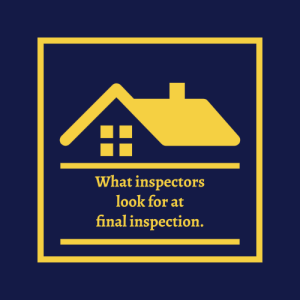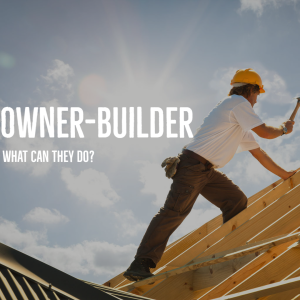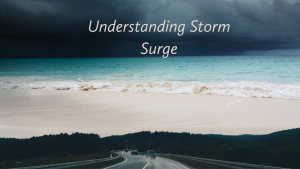Cape Coral, Lee County, and our local, state, and federal partners, continue infrastructure assessment, repairs, and widespread community recovery.
Below link provides the detail information regarding the recovery.
Courtesy: Cape Coral
Call us: 1-800-366-7515
Cape Coral, Lee County, and our local, state, and federal partners, continue infrastructure assessment, repairs, and widespread community recovery.
Below link provides the detail information regarding the recovery.
Courtesy: Cape Coral

Building inspectors and home inspectors may have similar backgrounds, but they serve different roles. A building inspector works for a municipal entity or private company and inspects buildings during the construction process, whereas a home inspector is usually an independent contractor hired by buyers to evaluate existing buildings for safety and soundness. In this blog, we’ll delve deeper into the differences between the two professions.

Today we will be discussing about inspections related to a building permit from a building code point of view. As we have discussed in other blogs, there are different departments that also review and inspect as part of the building process. There could be other inspections such as final site inspections, final fire inspection, or final health inspection, etc.

Can I do a project as an owner-builder? What are the limitations? What I am responsible for? These are questions I get asked all the time.

Base Building Codes
As a code consulting professional, I like to explain how the state-specific codes are developed and how to use them.
I live in the beautiful state of Florida, and before 2002 there were building codes in the state, but pretty much each jurisdiction had their own codes and local requirements regarding the building portion of the code.

With another storm on the horizon, I want to take this time to explain storm surges:
The news in their desire to provide information, often do so in a context that is not clear for everyone. I have been working in construction and everything associated to the building codes for over 18 years, I’m accustomed to the language and what it meant, but never thought about explaining it to the people closest to me.

Today I want to share some helpful information about what is available to anyone online. In our last blog we talked about the zoning codes and the building codes, so I decided to provide helpful links here to the resources for those codes. I will start with the simple single statewide code, the Florida Building Code. This link allows you to see all the building codes which includes about eight books, all of which you can electronically search and read about what applies under each category.
Subscribe to our newsletter for more updates
Exposure B.For buildings with a mean roof height of less than or equal to 30 feet (9144 mm), Exposure B shall apply where the ground surface roughness, as defined by Surface Roughness B, prevails in the upwind direction for a distance of at least 1,500 feet (457 m). For buildings with a mean roof height greater than 30 feet (9144 mm), Exposure B shall apply where Surface Roughness B prevails in the upwind direction for a distance of at least 2,600 feet (792 m) or 20 times the height of the building, whichever is greater.
Exposure C.Exposure C shall apply for all cases where Exposure B or D does not apply.
Exposure D.Exposure D shall apply where the ground surface roughness, as defined by Surface Roughness D, prevails in the upwind direction for a distance of at least 5,000 feet (1524 m) or 20 times the height of the building, whichever is greater. Exposure D shall also apply where the ground surface roughness immediately upwind of the site is B or C, and the site is within a distance of 600 feet (183 m) or 20 times the building height, whichever is greater, from an Exposure D condition as defined in the previous sentence.